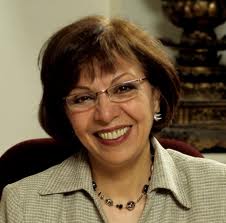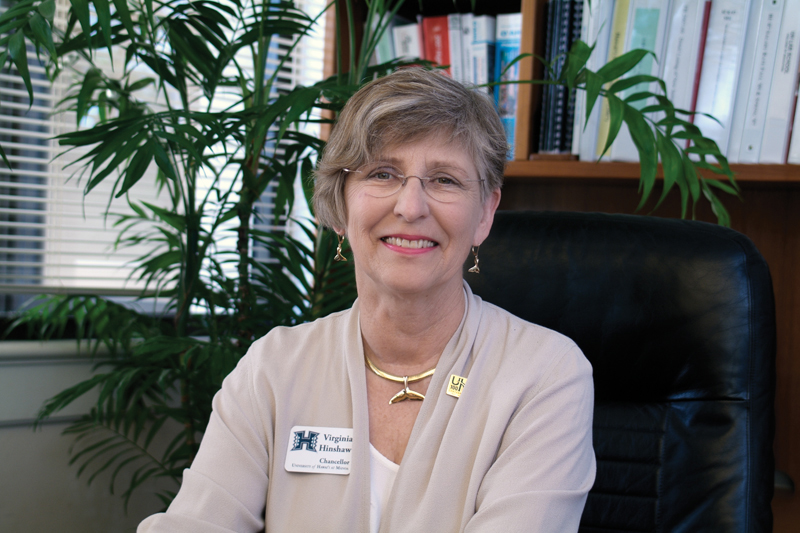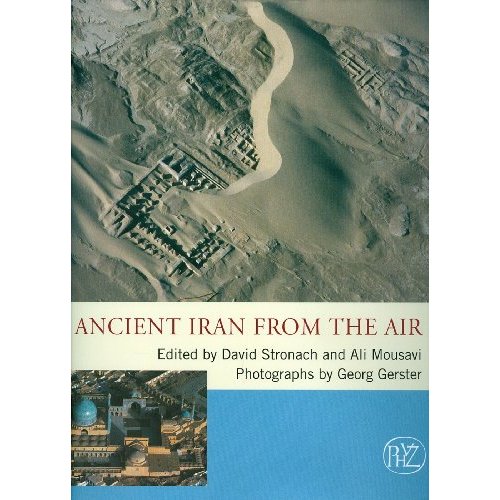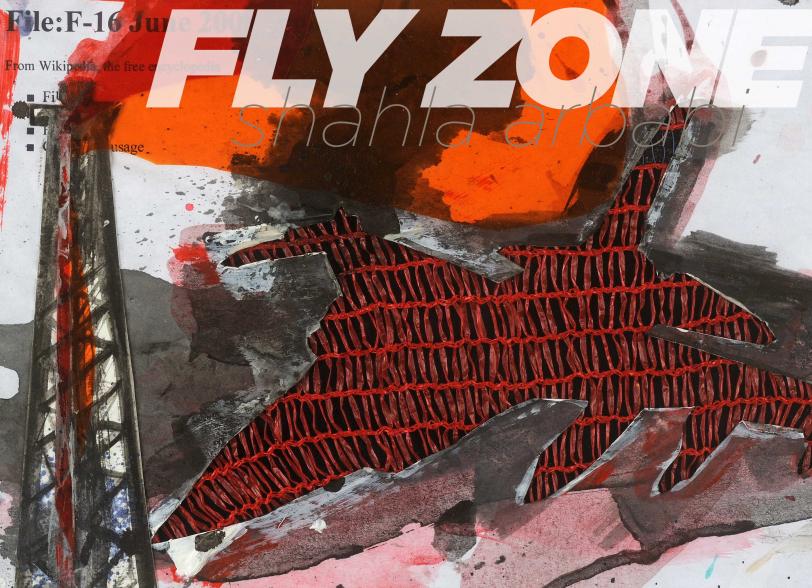Louvre Islamic Art New Wing
Louvre museum opens its new wing and galleries dedicated to Islamic art to the public on September 22, 2012. The creation of a new wing dedicated to Islamic art at the Louvre represents a decisive phase in the architectural history of the palace and in the development of the museum.
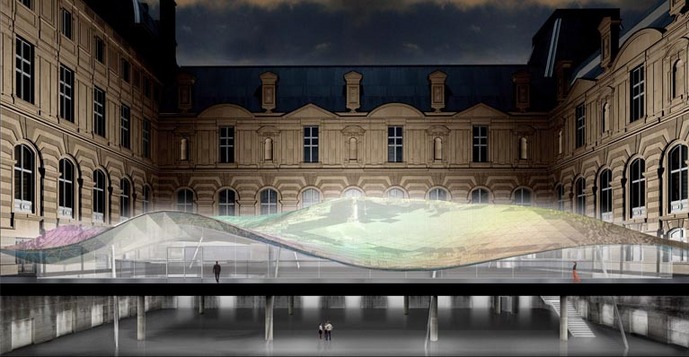
With a roof designed to look like a floating sheet of silk, is the most important architectural feat since its glass pyramid. The new gallery allows the museum to properly display the most exceptional collections of Islamic art in the world, owing to its geographic diversity, the historical periods covered, and the wide variety of materials and techniques represented.

